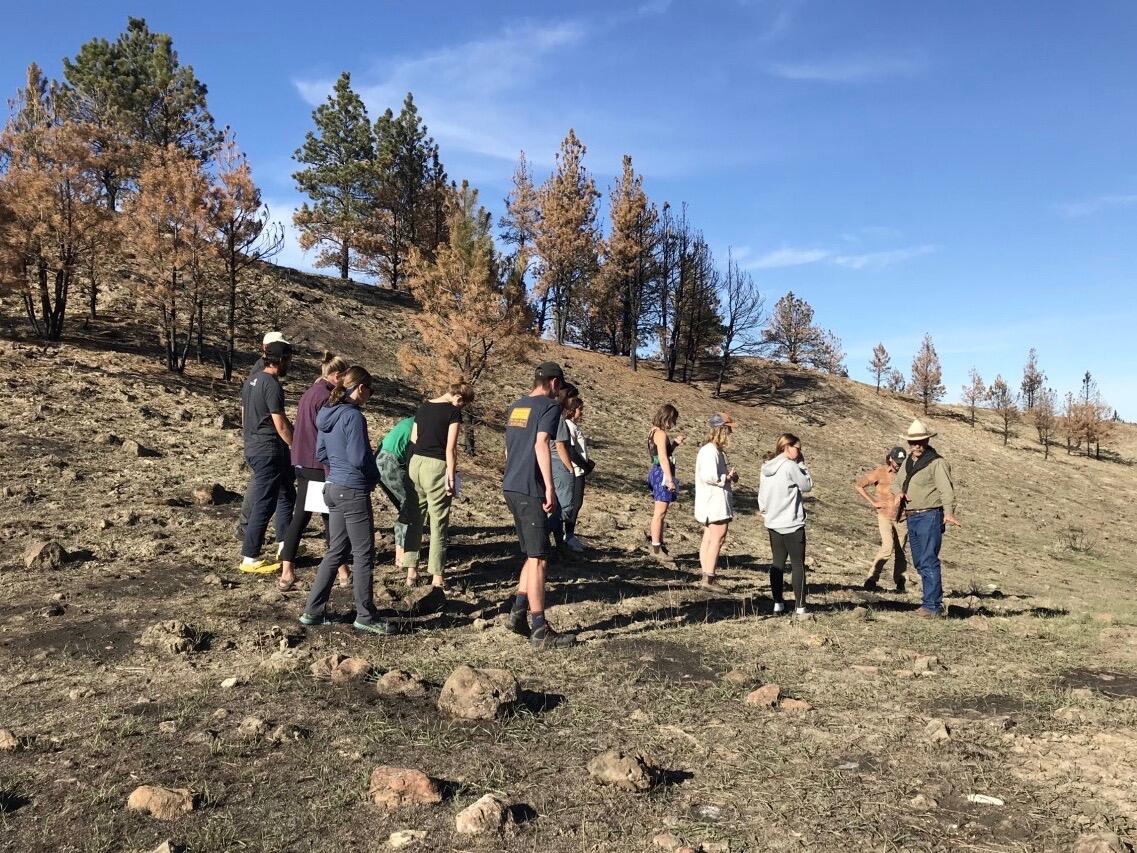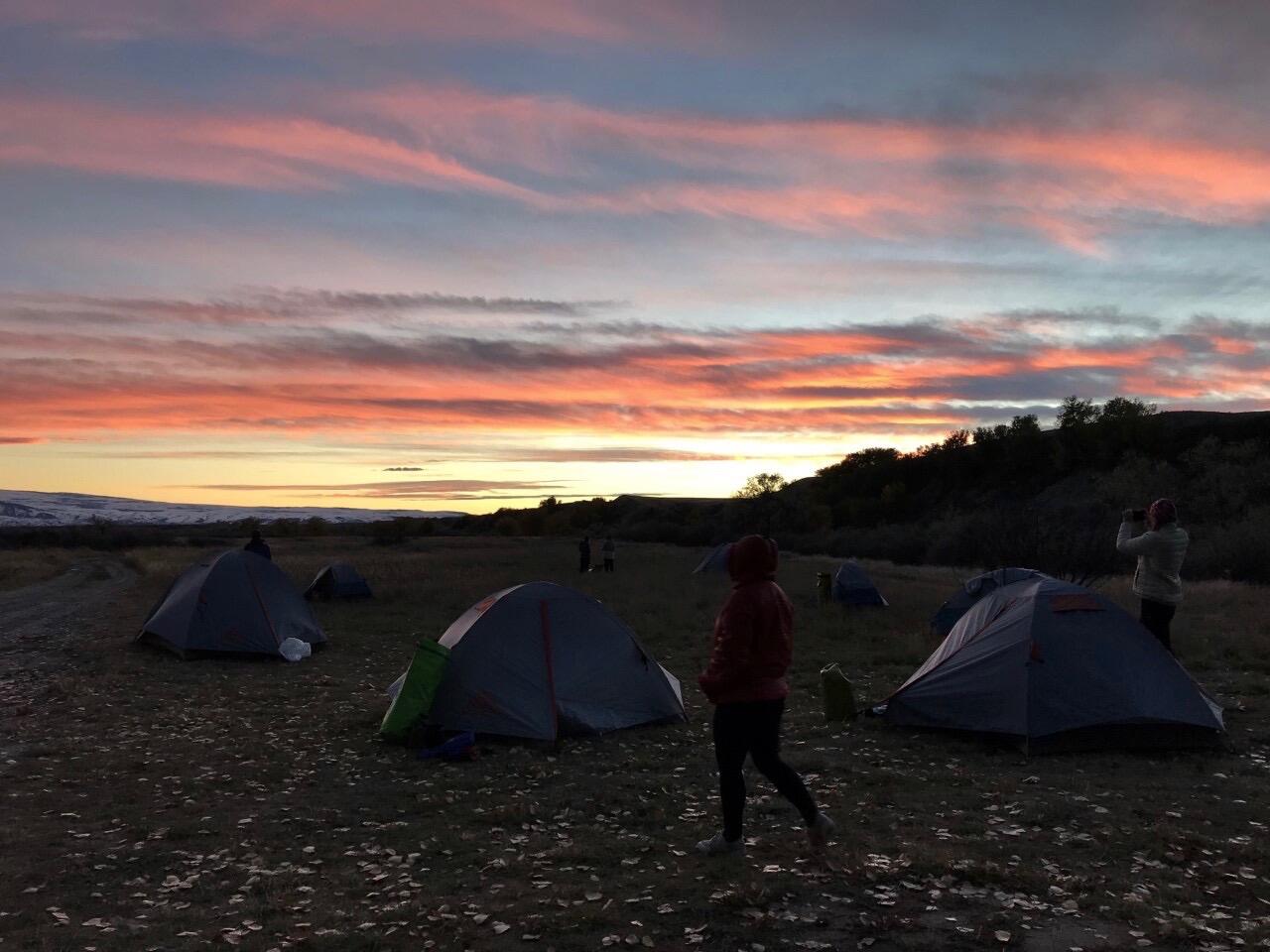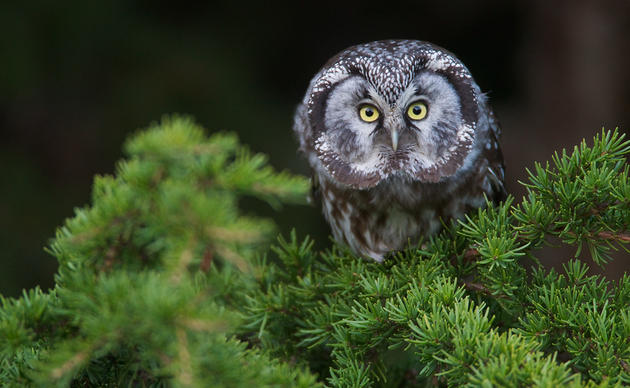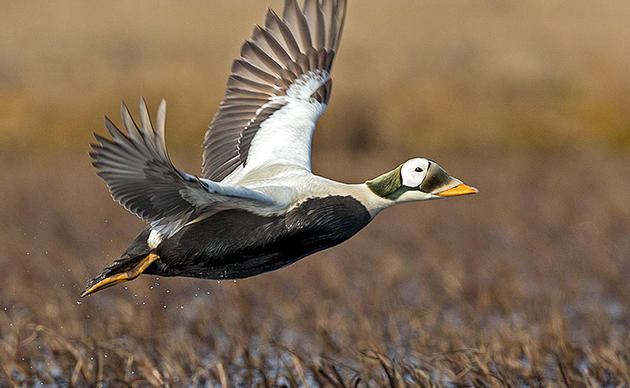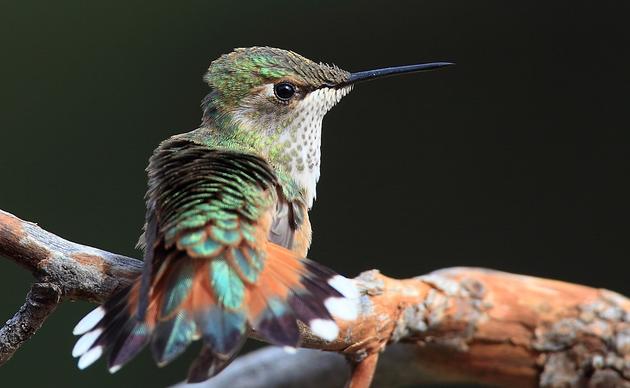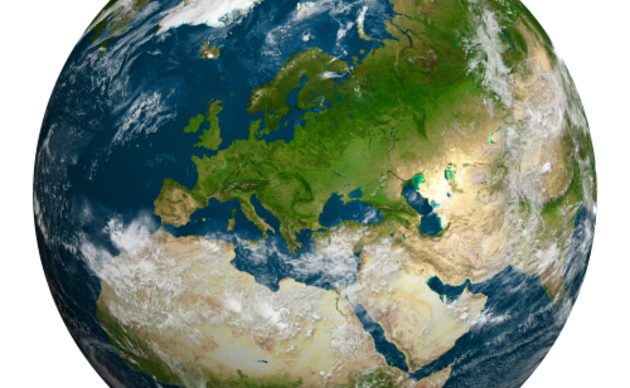Fourteen pairs of eyes follow Clint’s hands as he picks up a handful of grass. “I like to tell people I don’t raise cattle. I raise grass and turn it into protein,” he says. We are standing on the banks of the Tongue River in Eastern Montana, discussing the drought and wildfires that swept through Clint’s ranch in 2021, which forced him to sell his cattle for the first time in his multi-generational ranching family history. Later, he walks us to a notch between two hills to look at tipi rings left by traveling communities of early Sioux tribes in the region. He explains his partnership with the tribe to protect sacred sites on his family’s lands. “After all, before it was our land, it was and continues to be their lands.”
Clint is working with the Northern Cheyenne Tribe to install solar panels on his house. Local ranchers, Amish community members, and regional tribes in Eastern Montana formed a partnership to stop a coal mine in 2017, and the friendship has grown to focus on renewable energy, just transition employment, and other innovative opportunities in a region struggling with the impacts of climate change. Our feet shuffle on the ground and our eyes look to the dirt. The dirt that grows food for cattle, food for us, and holds the remnants of sacred sites. Our journey has been about the dirt beneath our feet. Where we once extracted fossil fuels, we are now rushing to find ways to keep carbon in the ground and help the dirt do what it has always done in order to balance our way of life on earth.
This is a story from a recent trip to Montana to teach and learn about natural climate solutions with those who are practicing the ethics of care in their land management activities. These partners have shared hopes of challenging the projected outcomes of the climate crisis by working together within their community. Carrying this knowledge back to Alaska, I think of the burgeoning opportunities in our own state, where the fight to combat climate change is less about restoring already degraded systems - although that is necessary in many places - and more about protecting what is still intact. In Eastern Montana, the Bureau of Land Management is trying to piece together wetlands restoration by building structures to entice beavers to reinhabit abandoned landscapes. In Alaska, we have beavers reinforcing wetlands across our state. Often overlooked for our snow-covered, glaciated peaks, over half of Alaska’s landmass are wetland ecosystems. These wetlands may offer some of the highest carbon storage across the globe, particularly in our boreal forest peatlands, coastal estuaries, and Arctic tundra ecosystems.
Eastern Montana and Alaska have a lot in common. Both regions of the country are facing catastrophic impacts of climate change that are disproportionate in their rural and Indigenous communities where resources to create new opportunities for innovation are limited. These regions also share a challenge in top-down approaches to federal policy making. In Montana, ranchers and farmers who want to embrace regenerative agricultural practices that enhance biological diversity and increase capacity for carbon sequestration in their soils are disincentivized by an agricultural policy and commodity system that still subsidizes conventional agriculture. In Alaska, federal policymakers often depict a narrative of Alaska’s sole extractive value instead of imagining a future where our ecological and human communities thrive in a balance devoted to relearning what many of our Indigenous elders remind us in shared stories.
We are not separate from the earth, but a deeply connected part of it. Everyone we talked to on our trip discussed this connection to the earth, to the very dirt we need for sustenance, in some way. They reminded us of the importance of finding place, digging into the “dirt,” embracing community, and telling the story so it helps bring change at the larger scale that is needed to combat the climate crisis.
